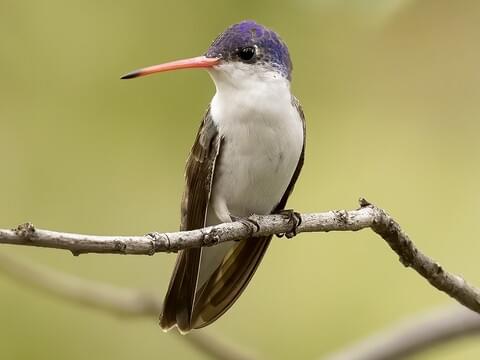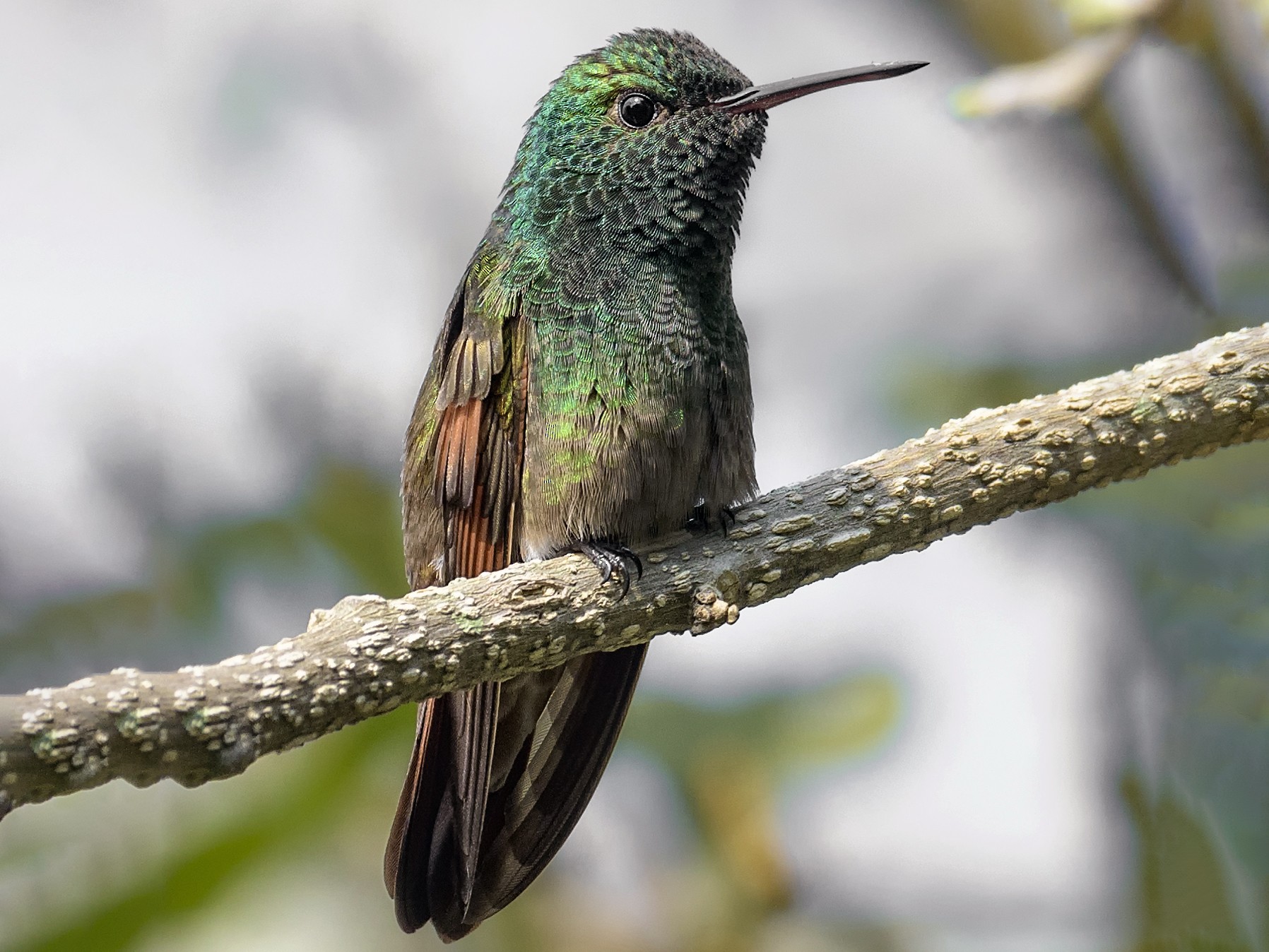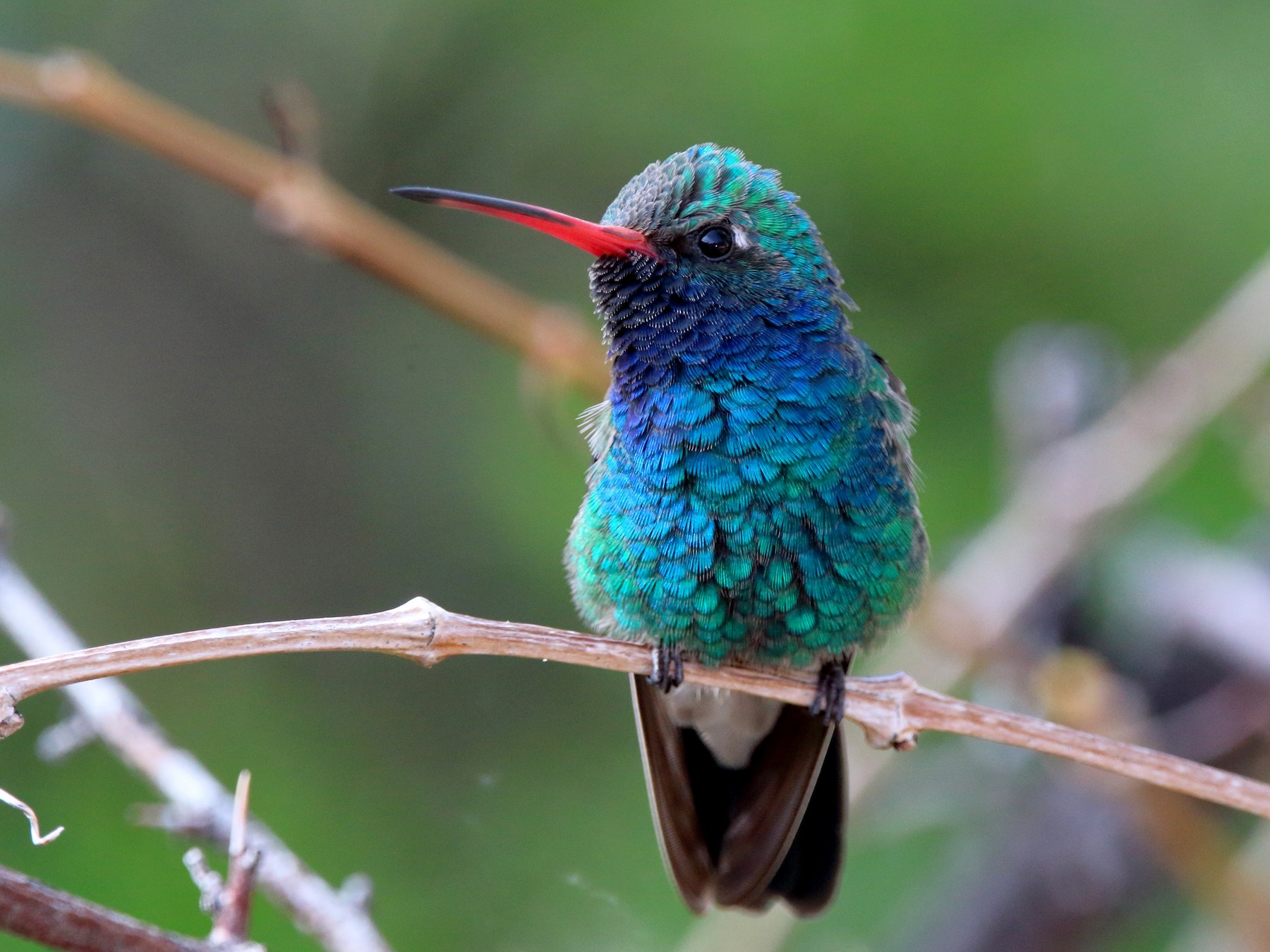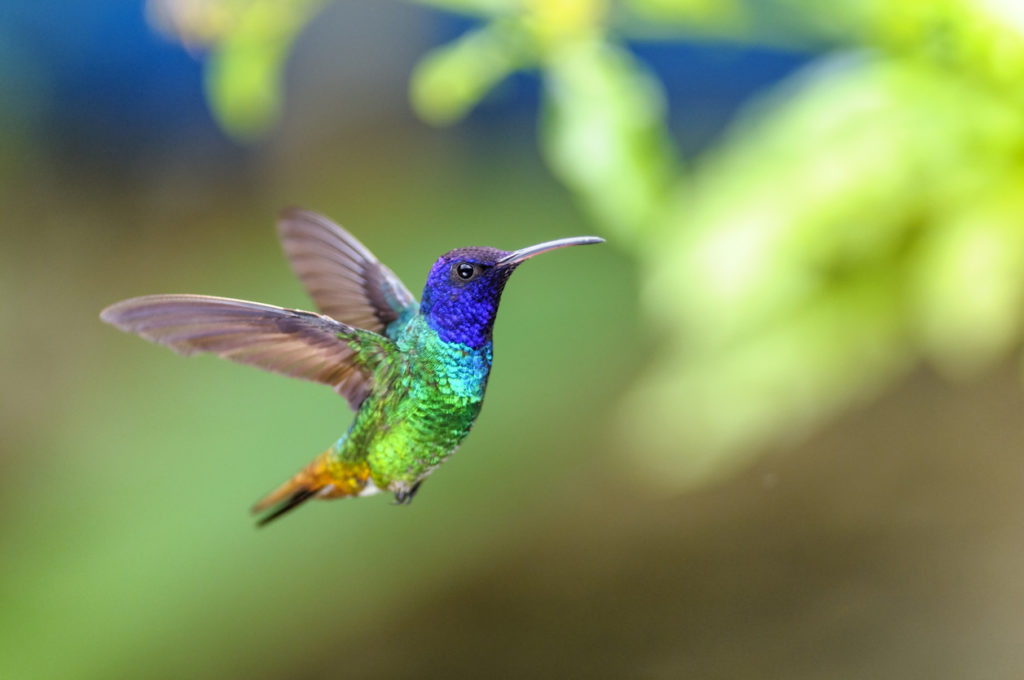Mexican hummingbird
Mexico, a land rich in cultural diversity and natural beauty, is home to an array of magnificent wildlife. Among its many avian wonders, the Mexican hummingbird stands out as an exquisite and symbolic creature. Beyond its stunning appearance and unique abilities, the Mexican hummingbird carries a deep cultural significance, often associated with the idea of the returning soul.
The marvelous Mexican hummingbird
Mexico is home to over 50 species of hummingbirds, each possessing its distinct characteristics and colors. These tiny birds, often no larger than 3 to 5 inches in length, are renowned for their iridescent plumage, rapid wing flaps, and hovering abilities. Among the notable species found in Mexico are the Violet-crowned Hummingbird, Berylline Hummingbird, and the vibrant Broad-billed Hummingbird.



The Mexican hummingbird’s brilliant, jewel-like feathers shimmer in the sunlight, creating a dazzling spectacle in gardens and forests throughout the country. They are often referred to as “jewels of the air,” a title that aptly captures their breathtaking beauty.
Symbolism of the returning soul
In Mexican folklore and indigenous cultures, the hummingbird carries profound symbolism, particularly concerning the afterlife and the idea of the returning soul. This symbolism is deeply rooted in the belief that hummingbirds are messengers of the deceased, tasked with carrying the souls of loved ones back to the world of the living.
1. Aztec and Maya beliefs: The ancient Aztecs and Maya civilizations held the hummingbird in high regard. They believed that hummingbirds were sacred creatures associated with the sun god, Huitzilopochtli. These civilizations saw the hummingbird as a symbol of rebirth and resurrection, linking it to the cyclical nature of life and death. The arrival of a hummingbird was seen as a visit from a departed loved one, bringing comfort and a sense of connection to the spiritual realm.
2. Dia de los Muertos: The Mexican Day of the Dead, or Dia de los Muertos, is a deeply rooted tradition where families come together to honor and remember their deceased loved ones. Hummingbirds are often incorporated into the colorful altars and offerings created during this celebration. They are believed to guide the souls of the departed back to their earthly homes, ensuring that they are not forgotten and that their memory lives on.
3. Transformation and resilience: Hummingbirds are known for their resilience and adaptability. In Mexican culture, this trait is associated with the idea that the soul is not bound by death but undergoes a transformation, just as the hummingbird’s iridescent plumage appears to change colors as it hovers in the sunlight. This symbolism serves as a reminder of the enduring nature of the human spirit.
4. Love and connection: Hummingbirds are often seen as symbols of love, joy, and connection. The presence of a hummingbird is believed to be a message of love from those who have passed away, fostering a sense of unity and continuity within families.
Further curiosities of Mexican hummingbirds
Aside from their captivating legend in Mayan and Aztec culture, hummingbirds boast an array of fascinating traits and behaviors:
- When at rest, their hearts beat between 500 and 700 times per minute, soaring to an astonishing 1,200 beats per minute during flight.
- They possess the remarkable ability to fly in all directions—right, left, up, down, forward, and backward.
- Hummingbirds flap their wings an astonishing 60 times per second.
- Given their high-energy lifestyle, they must consume nectar equivalent to at least three times their body weight daily.
- Hummingbird sizes range from a mere 2 to 10 inches, depending on the species.
- They are the only birds with elongated, slender beaks, making them exceptional pollinators.
- Their tetrachromatic vision allows them to perceive a broader spectrum of colors than humans.
The Mexican hummingbird’s symbolism as a messenger of the returning soul is a testament to the deep spiritual connection that the people of Mexico have with their natural environment. These tiny, vibrant creatures remind us of the beauty of life and the enduring nature of the human spirit. As we marvel at the iridescent colors and graceful movements of Mexican hummingbirds, we can also reflect on the rich cultural tapestry that weaves together the past and the present, celebrating the memory of loved ones and the hope of eternal renewal.

